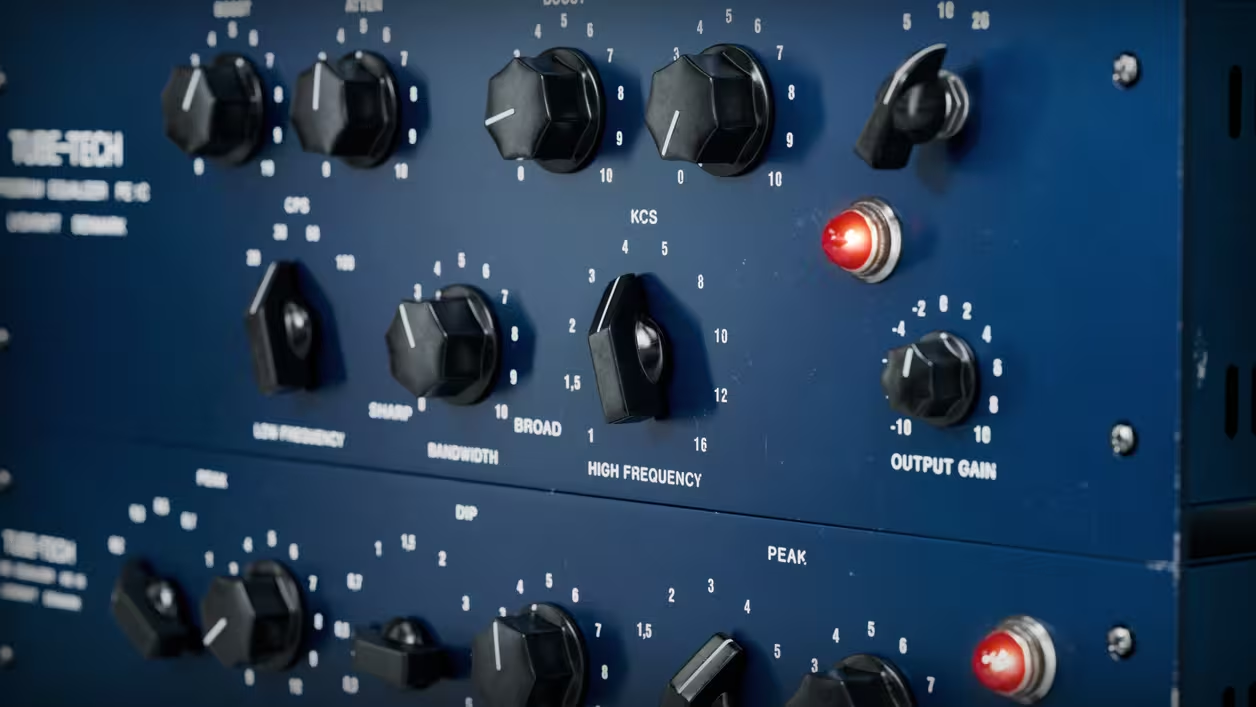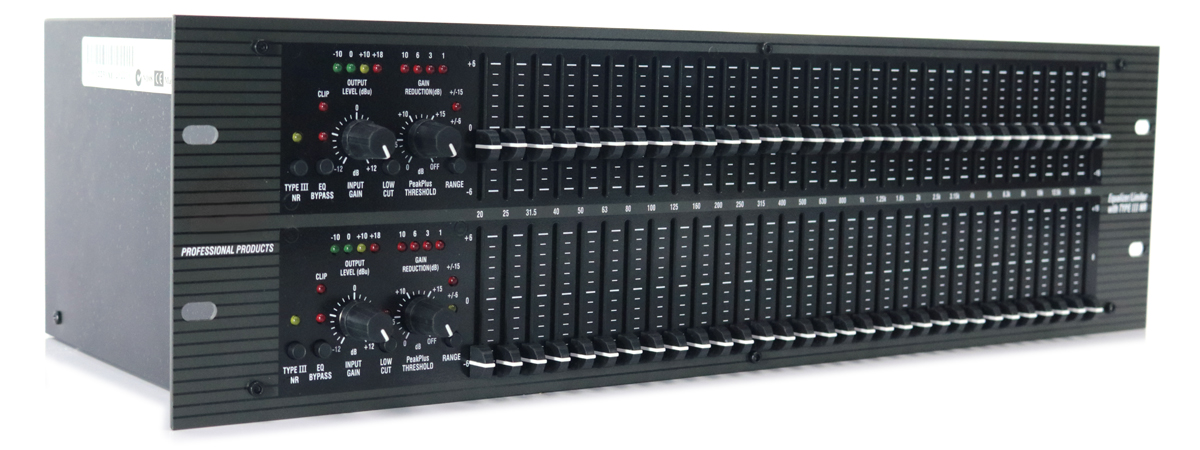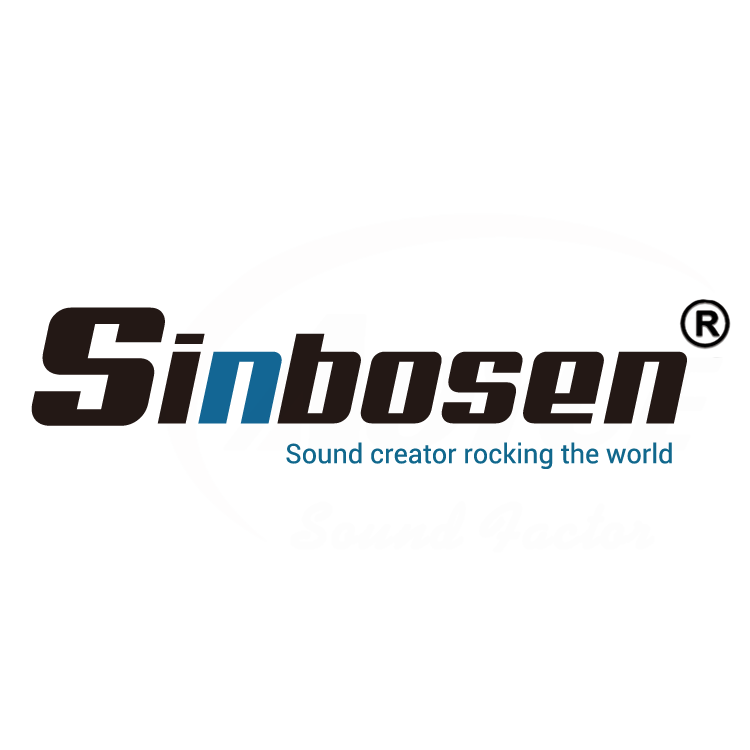What's the difference between equalizer and filter?
: 11728
: 2024-02-28 15:37:36
 |
1.The difference between an Equalizer and a Filter Some people confuse equalizers and filters, and they can't tell which one is which and what they are used for. Filters cut off certain frequency signals, which is why there are high-cut filters/low-cut filters (although the official term is low-pass filters/high-pass filters, because they allow these signals to pass smoothly ). |
 Filter is simple and one size fits all |
| The work of an equalizer is not as one-size-fits-all as a filter. What an equalizer does is more of a balance. Just like its name, it is used to adjust the relationship between the various frequency bands of the audio signal. You may think The high-frequency level of a certain audio is too high and the whole sound is harsh. Then you can use an equalizer to weaken the high-frequency level. But if you let the filter do this, it will directly cut off the high frequencies, leaving only low frequencies and intermediate frequencies in the entire audio. |
 And roughly speaking, the equalizer is like this, designed to balance the relationships between different frequency bands. And roughly speaking, the equalizer is like this, designed to balance the relationships between different frequency bands. |
So vividly speaking, the filter is a radical, and its solution to the problem is to eliminate the problem frequency band with one blow; However, the equalizer is relatively mild in comparison, and its solution to the problem is to adjust the relationship between various frequency bands, rather than removing one of them. This is just an inappropriate anthropomorphism, and it is not that using filters is radical. In practical applications, we need to choose according to the needs, because some sounds are not because they are too loud, but because they are not pleasant to listen to. In this case, we naturally cut them off directly. |
2、 The type of equalizer Just like there are many types of filters, there are also different types of equalizers. Next, we will introduce each of them one by one. ①The first type is a Shelving Equalizer. This type of equalizer is the easiest to confuse with a filter, but in fact, they are very similar. However, as mentioned earlier, the two are actually quite distinguishable. Shelf equalizers are also divided into high-frequency shelf equalizers and low-frequency shelf equalizers. The high-frequency shelving equalizer can quantitatively enhance/attenuate all frequencies above the cutoff frequency; The low-frequency shelving equalizer quantitatively enhances/attenuates all frequencies below the cutoff frequency. If they are represented by a graph, it looks like this. |
 This is a high-frequency shelving equalizer with a cutoff frequency of 1kHz and a 6dB improvement. |
 This is a low-frequency shelf equalizer with a cutoff frequency of 100Hz and an attenuation of 6dB |
They sometimes appear behind the speaker, adjusting the ratio of high and low frequencies through two shelving equalizers to adapt the speaker to different acoustic environments.  The diagram shows the back panel of a certain speaker |
②The second type is called graphic equalizer. Why is it called graph balancing? Let's take a look at the following image  It can be seen that each frequency band of the equalizer in the diagram uses a vertical pusher to control the gain/attenuation, and then the pushers are connected from left to right to form an equilibrium curve from low frequency to high frequency, so it is called the diagram equalizer. Of course, not all graphic equalization is arranged from left to right, and due to spatial limitations, vertical placement can only be used, just like the equalizer shown in the figure below.  |
③The graphic equalizer can only perform a certain amount of enhancement or attenuation on a given frequency. And these frequency points are generally divided based on the central frequency specified by the International Organization for Standardization (ISO). Usually divided by octave frequency. In addition, the Q-value for each frequency band in the graphic equalization is also specified by the designer and cannot be changed by the user. Due to various limitations of graphic equalization, the following is also the final parameter equalizer to be introduced.  Parametric Equalizer allows for completely independent control of three parameters in each frequency band, namely center frequency, Q value, and boost/attenuation. The calculation formula for point Q: Q=center frequency/bandwidth The bandwidth refers to the point at which the maximum gain/attenuation is reduced/increased by 3dB |
Contact us:
Whatsapp:https://api.whatsapp.com/send?l=en&phnoe=8616676738225
Website:https://www.sinbosenaudio.com/








